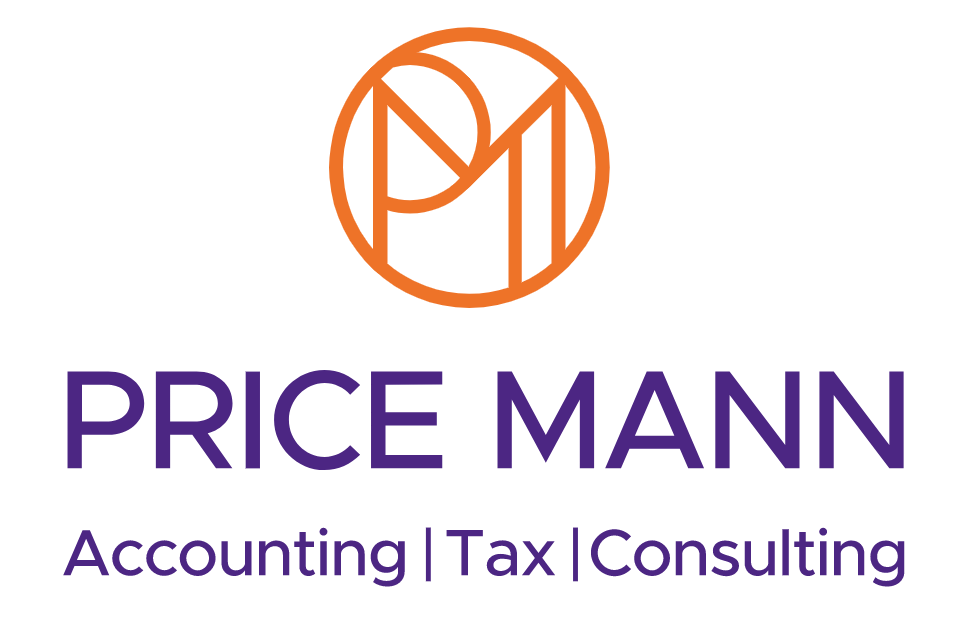Business tasks to outsource
Business tasks to outsource
How we can make your lives easier.
As a business owner, you will find that few things in your line of work are as precious as your time – time that would be better spent doing something other than accounting. Many people come to us asking for help with tasks that usually result in time slipping through their fingers, because of their often onerous nature to the layman.
If that rings true with you, it might be time to consider offloading some of that work outside of your expertise in order to give yourself back the time you need. For those who might be uncomfortable with that concept, consider the fact that even we outsource certain non-accounting tasks which allow us to spend more time helping you. There is no shame in looking to lighten the load within your business. Here are some accounting tasks you should consider outsourcing to us and why.
Bookkeeping
The first rule of running a successful business is to keep accurate books. By this, we mean records of all your transactions, assets and debts. Doing this means you’ll know precisely how much customers owe, how much you owe to suppliers, how profitable your business is and how much cash is available.
This enables you to make better decisions that can lead to improvements in cashflow and profitability. We can become an extension of your business by offering a reliable, trustworthy and highly efficient bookkeeping service, giving you peace of mind that your finances are under control.
Company secretarial
‘Company secretarial’ doesn’t mean answering calls and managing your appointments for you; this service ensures corporate governance, administration and compliance with legislation, laws and regulations that govern companies.
Our company secretarial service abides by Companies Act 2006, while stringently maintaining records relating to the board, the company and its shareholders. We can take care of incorporating your company with Companies House, offer a registered office and service address for the directors to ensure your details stay out of the public domain. All correspondence comes to us in this instance.
By outsourcing these responsibilities to our experienced team, you ensure your incorporated business is following sound business practices and fulfilling your legal obligations. In our experience, company secretarial minimises risk of financial penalties for non-compliance, while businesses that outsource these tasks to us often save money on training costs and implementing technology.
Payroll
Around 1.4 million businesses in the UK had employees in 2020, and all of them have one thing in common: the legal requirement to run payroll. Running payroll eats up large chunks of time each month, with many processes involved to comply with legislation and pay workers on time.
Many of the UK’s medium and large-sized employers have their own in-house human resourcing teams that take care of payroll. But for the vast majority of small firms, those with 49 or fewer workers, removing this burden can free up time and resources.
Making deductions
Whether you pay your workers weekly or monthly, certain deductions need to be made from their gross pay packets. We deduct income tax, workplace pension contributions, National Insurance contributions (NICs) and student loan repayments from their gross pay before paying them on time.
Our payroll service complies with legislation to ensure your workers all receive at least the national living wage, which for over-23s is £8.91 an hour until 5 April 2022. These hourly pay rates are uprated on an annual basis.
Class 1 NICs for both employees and employers are increasing by 1.25% from April 2022. Not only will we deduct these at source, we will pay them to HMRC via PAYE on your behalf.
Auto-enrolment
If you have any staff who are aged 22 or over and earn more than £10,000 a year, they need to be automatically enrolled into your workplace pension scheme. Eligible employees must commit at least 5% of their pay packet, while you must contribute a minimum of 3% into their workplace pensions. However, workers can voluntarily opt out.
The national living wage is due to increase to £9.42 an hour for over-23s from April 2022, meaning a worker only needs to work for 20.4 hours a week to be enrolled. Our payroll service will identify staff who qualify for automatic enrolment, enrol them into your workplace pension scheme, deduct contributions from their pay, and pay those deductions and the employer contributions into the pension scheme.
Taxable benefits
Each taxable employee benefit you provide to reward or incentivise employees is calculated differently and can be taxed through payroll, assuming you registered with HMRC before the start of the tax year on 6 April. If you failed to meet that registration deadline, P11D and P11D(b) forms might need to be submitted to the tax authority for any member of staff who received taxable benefits. This helps HMRC calculate how much you need to pay in class 1A employer NICs, as well as how much PAYE tax is due from the employee on the benefit. This is then normally collected from the employee by adjusting their tax code.
Tax affairs
There’s no legal obligation to appoint us to take care of your tax returns, but it’s often better to let us handle it unless you fully understand your tax obligations and the penalties regime.
What’s more, the Government is in the midst of digitising all of the UK’s major taxes. Making Tax Digital (MTD) for VAT is already in play, MTD for income tax is due to take effect from April 2024, followed by MTD for corporation tax in April 2026 at the earliest.
That means you will soon need to implement MTD-compliant software in your business if you haven’t already done so, regardless of whether you are liable for income tax, corporation tax or UK VAT. We are ready to run you through your options, teach you how to use this software, and collaborate with you to ensure your taxes are paid on time, every time.
Self-assessment
If you’re self-employed, you need to file a tax return via self-assessment on or before midnight on 31 January each year. This is also the date by which you need to pay your tax bill. By appointing us to fill in and send in your tax returns, you will be in the best possible hands. We deal with numbers every day, we know the rules inside out, what you are entitled to, and how to reduce your tax liability.
Corporation tax
If you run an incorporated business, you will need to file a company tax return and pay corporation tax on any profits your company makes in its accounting period. We can also prepare your annual accounts, including all the paperwork, before submitting them to HMRC and Companies House to ensure total compliance.
VAT
All businesses with annual taxable turnover of more than £85,000 in the last 12 months need to register for UK VAT, and charge VAT on any sales of goods or services. This is a complex area of our tax system. We can handle VAT registrations, help you choose the most suitable payment scheme, and manage your returns in line with MTD for VAT.













